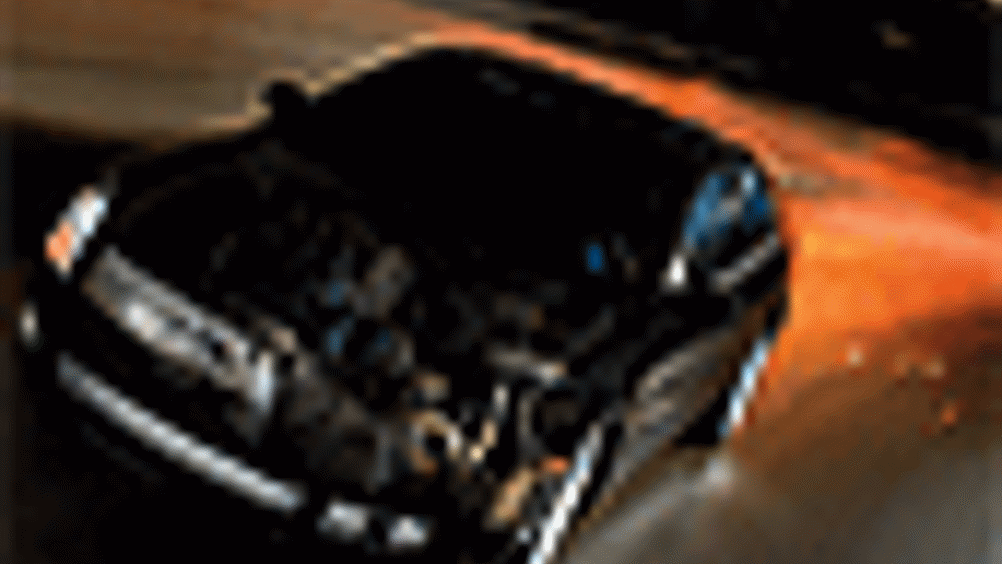Skin treatment
Carmakers can save time and money by using a new form of coating for plastic parts that also provides decorative skins for car interiors. Siobhan Wagner reports.

Those in the business of car production know that coating an injection-moulded plastic part such as a car bumper is often a long and costly procedure. But a two-step, in-mould coating process that combines injection moulding with reaction injection moulding could save them time and money.
In the process developed by
, a part is injection moulded then whirled around by a turntable to a second cavity. There, the part is reaction injected with two-component polyurethane, which rapidly cures in a closed mould.
Peter Neuwald, head of industry innovation transportation at Bayer MaterialScience, said the simultaneous injection moulding and curing ensures a shorter cycle time than in injection moulding of thermoplastics. With the traditional method, the cavity surface of the injection-moulding tool is first sprayed with a coating then the cavity is injection-filled with the melt.
The faster, simultaneous method means higher productivity, he said, adding that the process can lead to huge savings because the two-component polyurethane cures in a thermoplastic mould — making a second unnecessary.
Register now to continue reading
Thanks for visiting The Engineer. You’ve now reached your monthly limit of news stories. Register for free to unlock unlimited access to all of our news coverage, as well as premium content including opinion, in-depth features and special reports.
Benefits of registering
-
In-depth insights and coverage of key emerging trends
-
Unrestricted access to special reports throughout the year
-
Daily technology news delivered straight to your inbox










Klein Vision unveils AirCar production prototype
According to the Klein Vision website, they claim the market for flying cars will be $1.5 trillion by 2040, so at the top end $1 million per unit that...